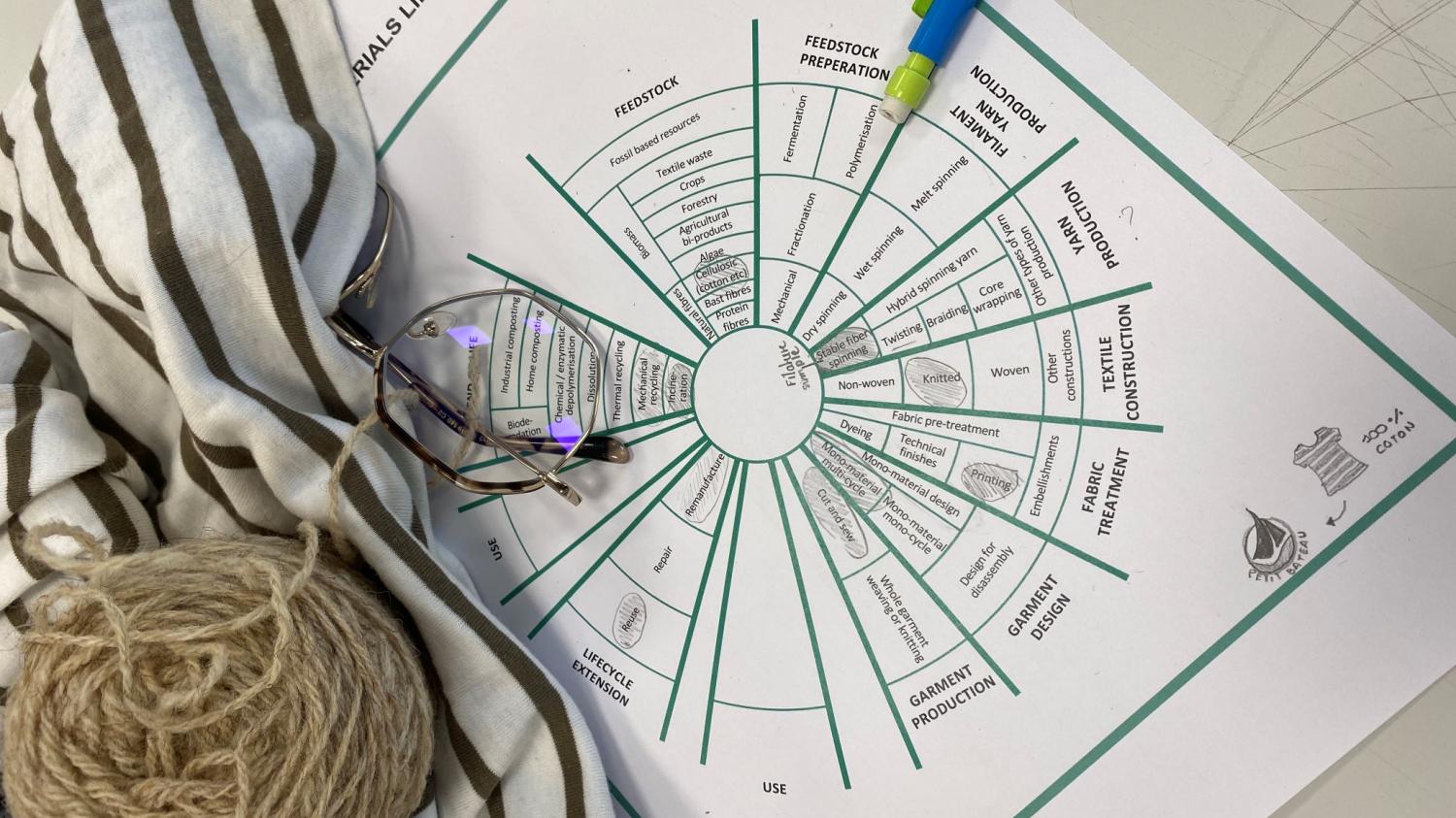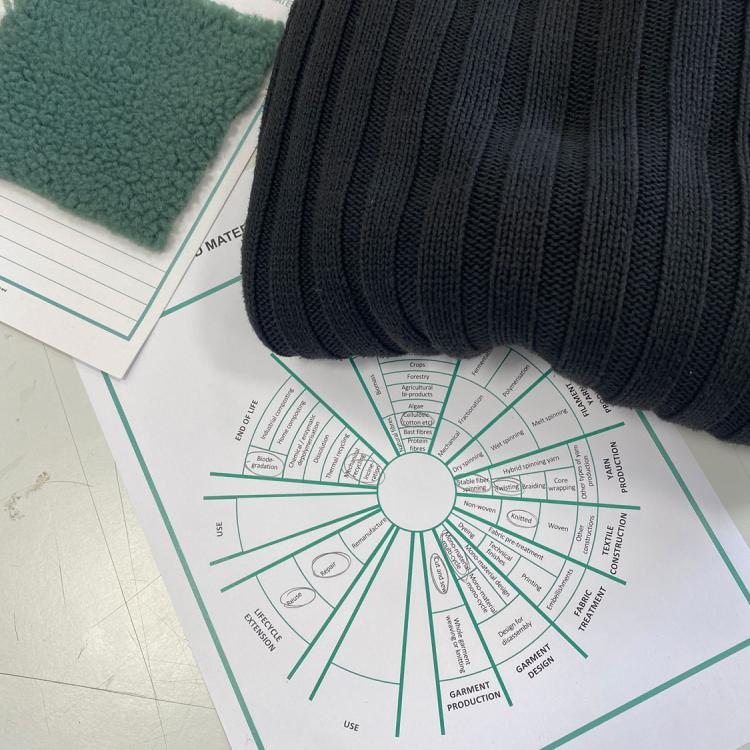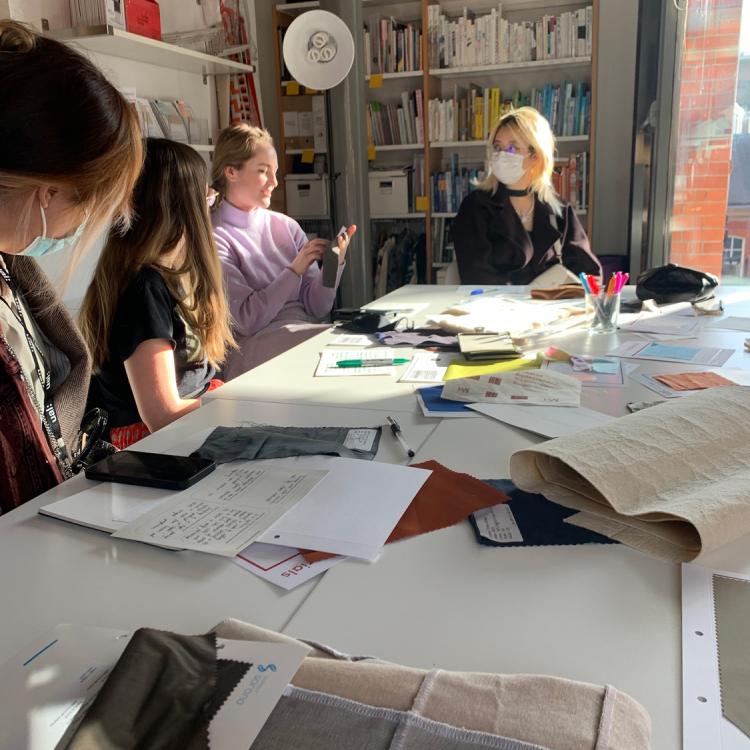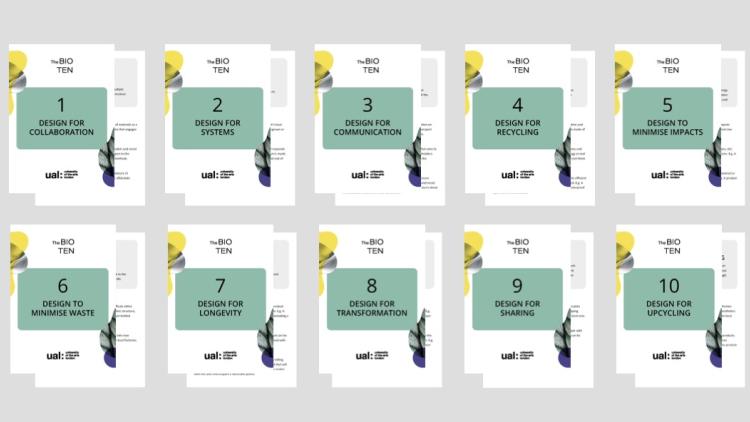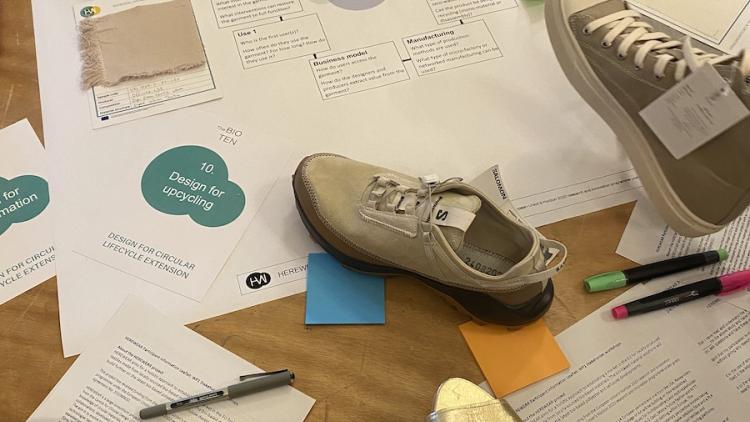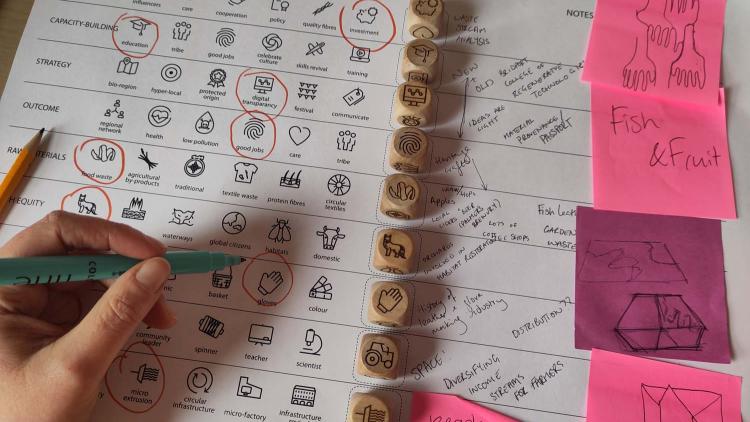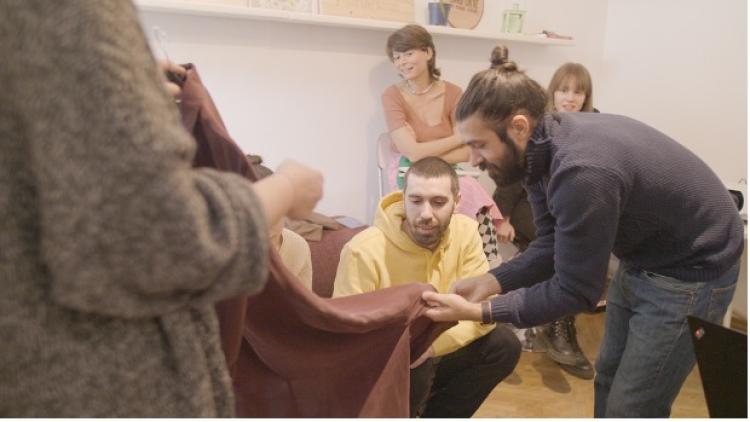Material Lifecycle Map
The Material Lifecycle Map is a tool to help design stakeholders understand biobased materials. It supports a full lifecycle perspective in questioning what can be known and what gaps exist in the understanding of a material.
The Material Lifecycle Map is a tool to help design stakeholders understand biobased materials. It supports a full lifecycle perspective in questioning what can be known and what gaps exist in the understanding of a material. Biobased materials are a broad category, and it can be helpful to differentiate between materials that are made from fibres available in nature, and others which are derived from biomass. The lifecycle map then visualises the different stages of transformation, use, lifecycle extension, and eventually end-of-life treatment these resources can go through.
The Material Lifecycle Map was developed in collaboration between the HEREWEAR partners and selected material innovators to best identify the stages of a material’s lifecycle that can be useful for all textile stakeholders to know about. It was then tested in a range of community workshops in London, Paris, Iasi, and Falmouth.
The Material Lifecycle Map is a conversation starter to flag what aspects of a material are known, and which parts could be explored further. It helps view biobased material from a critical perspective.
To use the Material Lifecycle Map you will need:
- A group of stakeholders with a range of material knowledge, from novice to expert (max 3 per group)
- A selection of biobased materials, they can be in the form of products or as fabric samples (at least 1 per group)
- The printed A4 Material Lifecycle Map sheet
- Felt pens or highlighters
The worksheet and facilitation guide can be downloaded by clicking the link at the top of the page.
What to do next
Suggested reading & viewing
Other tools to understand materials:
- Datemats project: https://www.datemats.eu/toolkit/
- Material Top Trump game: https://www.tes.com/teaching-resource/materials-top-trump-card-game-7546928
- Experiential Characterization of Materials: toward a toolkit: https://dl.designresearchsociety.org/cgi/viewcontent.cgi?article=1612&context=drs-conference-papers

